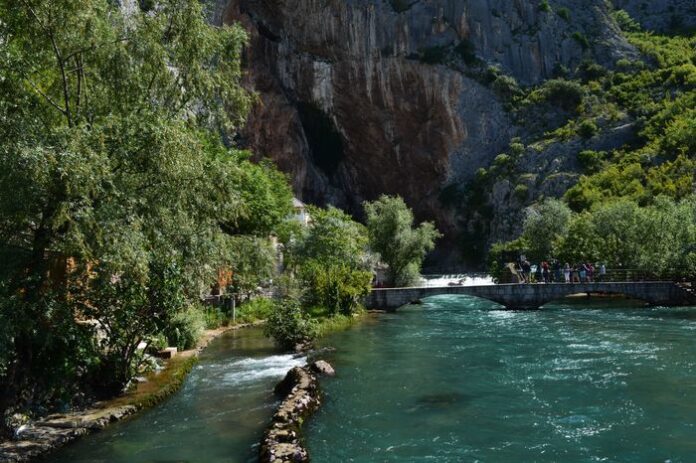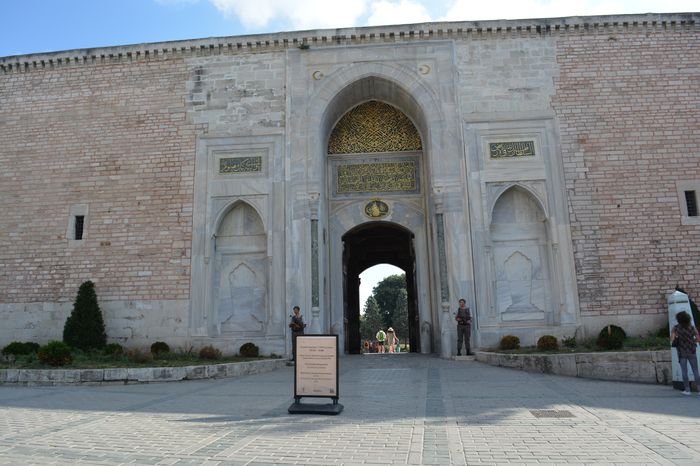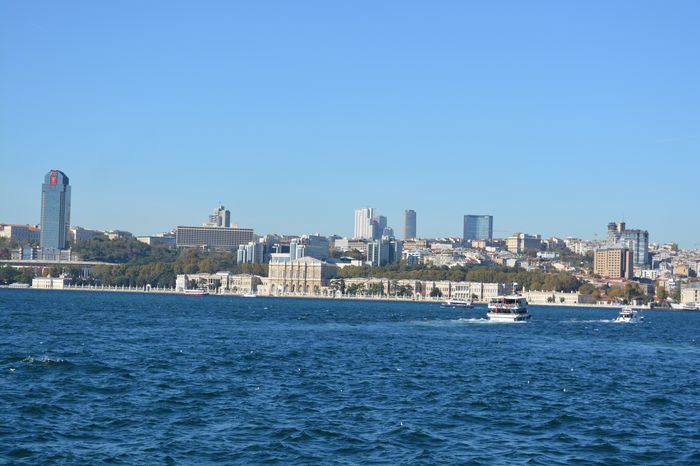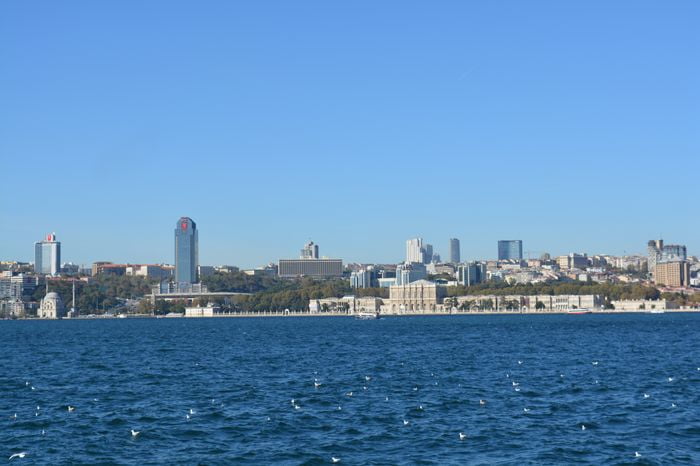There is some uncertainty about which Empress Irene is referred to in one of the wall inscriptions. If the inscription belongs to the reign of Leo III the Isaurian, then the Empress Irene mentioned must be Irene of Khazaria, the first wife of Constantine V (also called Constantine Copronymus). Irene and Constantine married in 732 AD, and she died in either 749 or 750 AD. This would also mean that Maria, the wife of Leo III, had already passed away by the time the restoration mentioned in the inscription was completed Customized Guided Tour.
However, some historians believe that the inscription might not belong to Leo III’s time. It could belong instead to the reign of Leo IV and Constantine VI. This theory is based on the different style of the writing compared to inscriptions that are clearly from the time of Leo III.
If the inscription belongs to this later period, then the Empress Irene mentioned would be the famous Irene of Athens—the wife of Leo IV and the mother of Constantine VI. She is known in history for her dramatic actions: she blinded her own son, took the throne as ruler, restored the use of icons, and played a role in the political developments that led to Charlemagne’s revival of the Roman Empire in the West.
A Brick-Lettered Prayer for Protection
On the fourth tower north of the Gate of Rhousiou, there is another interesting inscription. This one is written in brick letters and is a prayer asking for the protection of the city:
“O Christ, God, preserve Thy city undisturbed, and free from war. Conquer the wrath of the enemies.”
This short but powerful message expresses the hope and purpose behind the building and maintenance of Constantinople’s strong walls. Although the exact date is uncertain, some believe this prayer was added during the reign of Constantine IX Monomachos, who ruled after Basil II died in 1025 AD. However, the fact that the letters are made of brick supports the idea that it might actually date back to the time of Leo the Isaurian (early 8th century).
Repairs by Michael II and Theophilus
Fragments of inscriptions near the Gate of Charisius (also called Edirne Kapı) show that Emperor Michael II and his son Theophilus were also involved in restoring the city walls. These emperors are mostly remembered for strengthening the seaside fortifications of Constantinople. However, it is unlikely that they ignored the condition of the land walls, since those were critical to the city’s defense Restoration of the Theodosian Walls under Justin and Sophia.
These small but important clues from inscriptions remind us how each ruler contributed to the safety of Constantinople. Protecting the city from invaders and natural disasters was a constant concern, and the emperors left their names on the walls as lasting evidence of their efforts.







